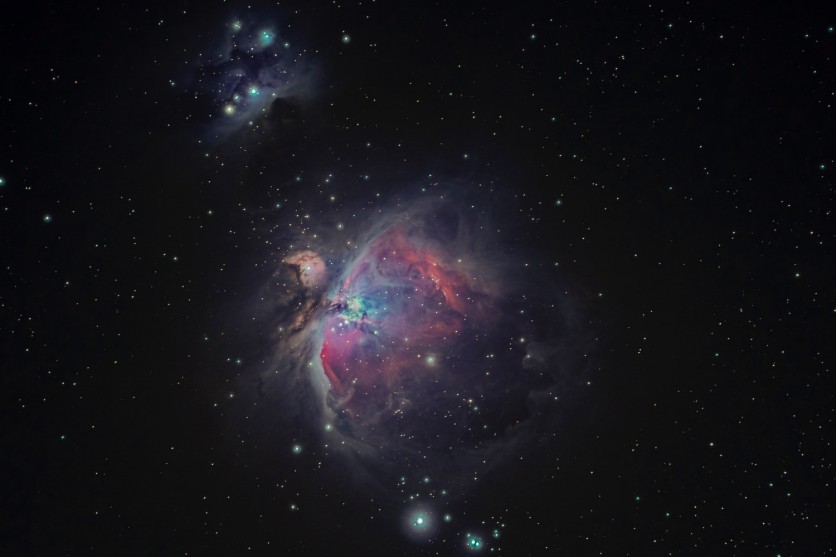
Scientists at the University of Wisconsin-Madison have buckled up on an extraordinary mission: to create a cosmic cookbook containing hundreds of chemical recipes that could potentially give rise to life on faraway planets.
While extraterrestrial life might not resemble Earth's, the researchers believe that the universe's limited chemical ingredients can be mixed in countless ways to spark life.
Beyond the Ingredients: A Recipe for Life
Creating life, they argue, hinges on a fundamental principle-repetition. Life, with its intricate cycles of cell metabolism and reproduction, arises from a series of chemical reactions. These reactions must not only begin simply but also perpetuate themselves.
As Betül Kaçar, an astrobiologist and bacteriology professor at UW-Madison, explains, "The origin of life really is a something-from-nothing process. But that something can't happen just once. Life comes down to chemistry and conditions that can generate a self-reproducing pattern of reactions."
Read also: [IMAGES] Unlocking the Universe's Hidden Beauty: Here Are Deep-Space Discoveries Beyond Human Sight
The Power of Autocatalytic Reactions
The team conducts a simulation test centered on autocatalytic reactions. As Phys.org reports, they are chemical reactions that produce molecules that facilitate the same reaction to recur repeatedly.
Based on their research, lead author Zhen Peng has gathered 270 combinations of molecules that are obtained from the periodic table.
Their quest centered on comproportionation reactions, where two compounds containing the same element but differing in reactive states combine to create a new compound.
Crucially, this reaction must not only generate a product but also furnish the materials needed for the reaction to happen again-an essential hallmark of autocatalysis.
The Acceleration of Autocatalysis
Zach Adam, a geoscientist at UW-Madison and co-author of the study, clarifies the significance of this process.
"If those conditions are right, you can start with relatively few of those outputs. Every time you take a turn of the cycle, you spit out at least one extra output, which speeds up the reaction and makes it happen even faster," Adams said.
The report mentions that autocatalysis can be likened to a rapidly multiplying population of rabbits. As pairs of rabbits reproduce, the population grows exponentially. Similarly, autocatalytic reactions, with each cycle, create more starting materials, propelling the reaction forward.
A Cosmic Experiment
While searching for life's ingredients, scientists won't be looking for rabbits but rather turning their attention to the stars.
Kaçar hopes that chemists will draw inspiration from this cosmic cookbook and conduct experiments simulating extraterrestrial conditions.
The scientist leads the NASA-supported MUSE consortium (Metal Utilization & Selection Across Eons). Her team focuses on reactions involving elements like molybdenum and iron. She anticipates exciting discoveries arising from the uncharted territories of this innovative recipe book.
To view the study titled "Assessment of Stoichiometric Autocatalysis across Element Groups," visit ACS Publications.

ⓒ 2026 TECHTIMES.com All rights reserved. Do not reproduce without permission.




